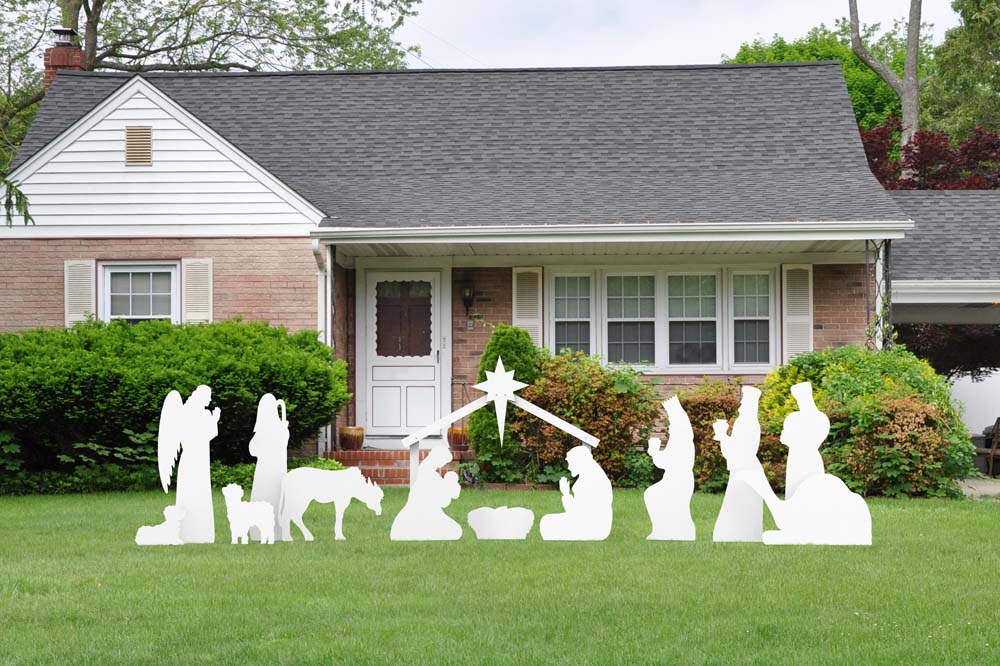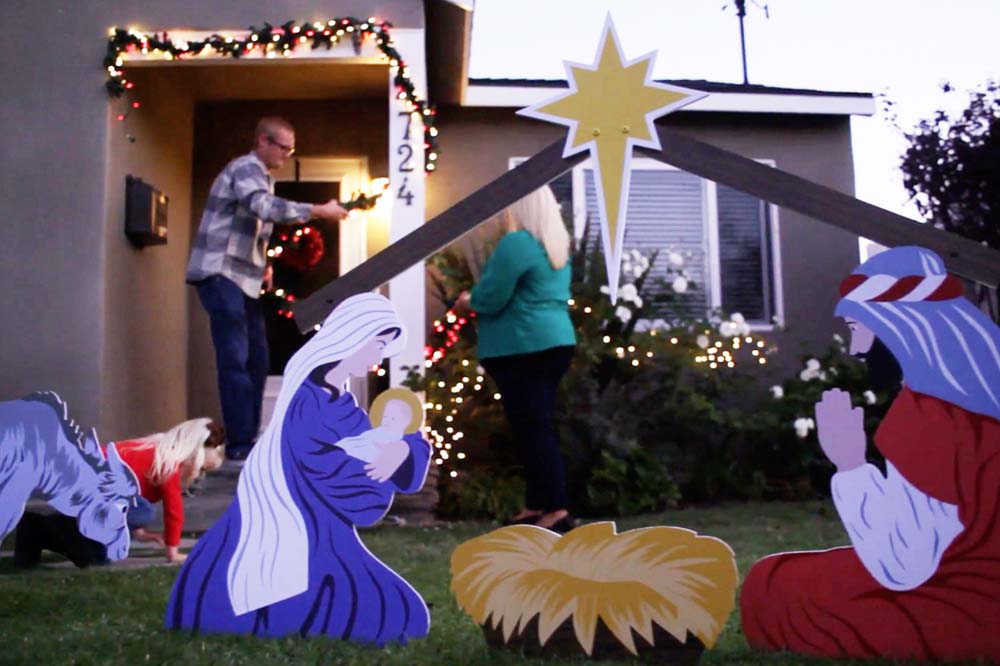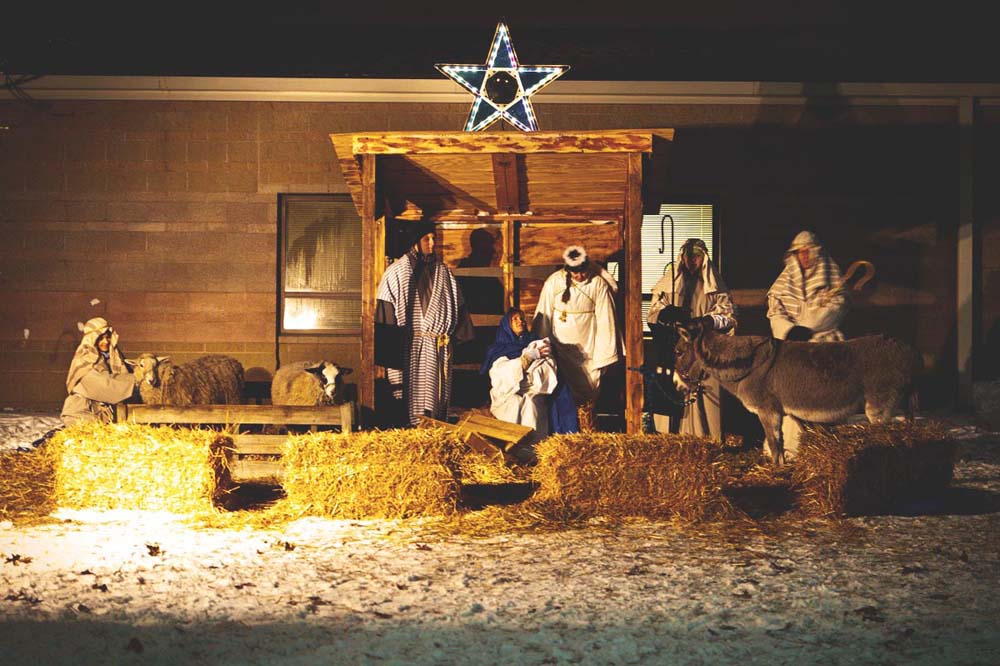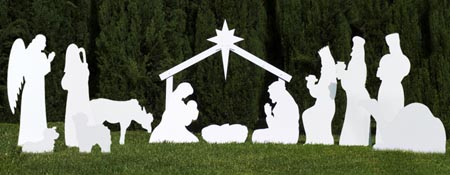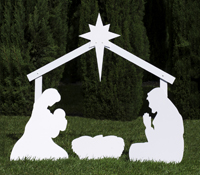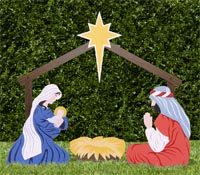4 Amazing Nativity Set Traditions from Europe
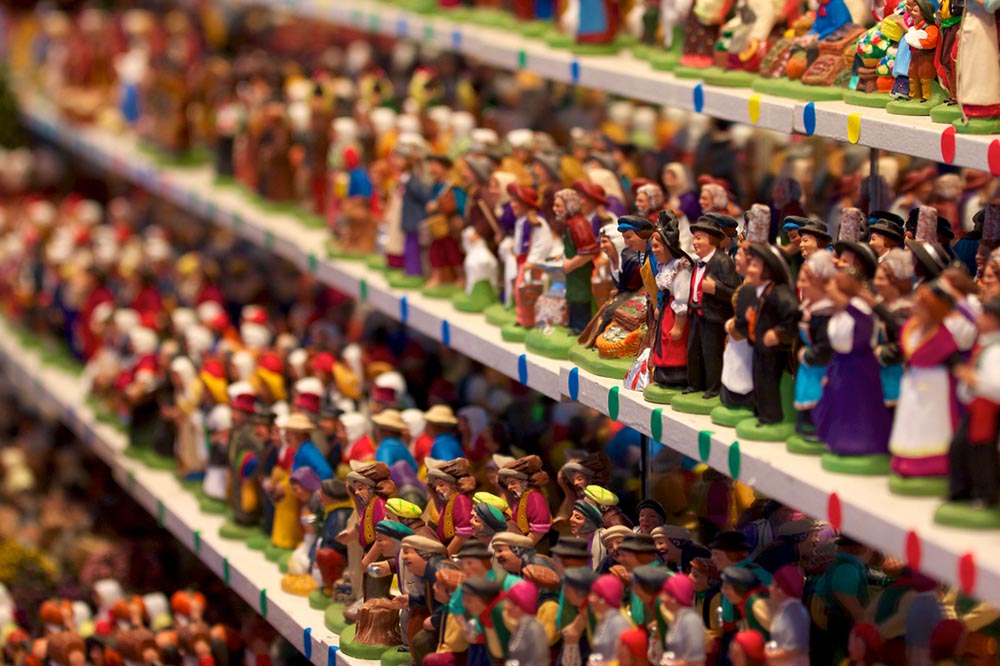
There is perhaps no more meaningful way to celebrate the birth of Christ than by displaying a crèche.
Since St. Francis of Assisi staged the first nativity scene in 1223, the idea of the Christmas crèche has spread throughout the world. Since the crèche is both a representation of faith and an art form, many different styles of crèches have emerged over the years.
Although the Holy Family is a common denominator, crèches vary widely in the way they look and in the details they include. For example, many contain figures of the Three Wise Men even though, according to Biblical accounts, they did not visit Jesus so soon after His birth. Many nativity sets also contain donkeys, animals that were unlikely to have been in Bethlehem.
One of the most engaging aspects of nativity sets is the way they reflect the artist’s ethnic or cultural background. In this regard, sets made in Africa include figurines with African features and appearances, while sets made in France include the people and places appropriate to a French provincial village.
There are four European crèche traditions – the putz, the santon, the presepi and the szopka – that have endured through the centuries. The beauty, artisanship, and history of these nativity sets make them popular with Christians throughout the world as treasured family heirlooms and as collectors’ items.
Moravian “Putz” – Central Europe
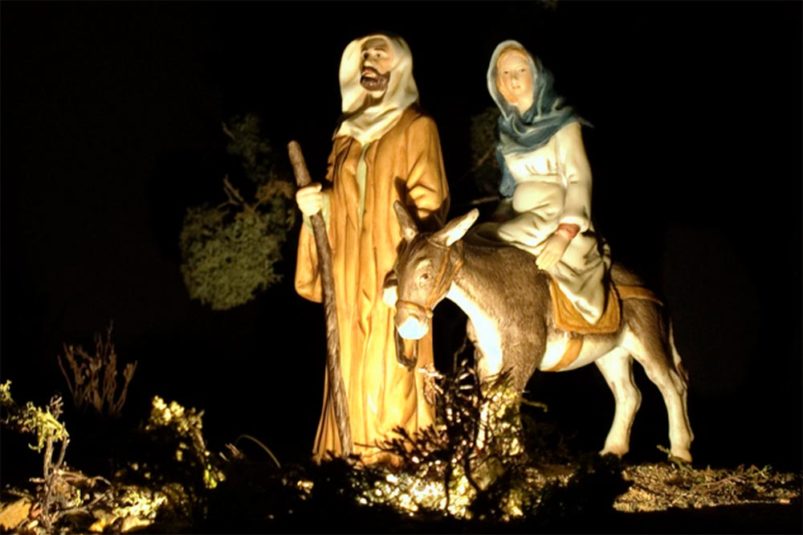
A “putz” is a traditional Moravian Christmas decoration that features miniature ornate figurines, animals and scenery to tell the story of the birth of Jesus.
Moravia is a traditional region of central Europe that became part of the modern state of Czechoslovakia and then the Czech Republic. Celtic and later Germanic tribes inhabited Moravia.
The word “putz’ is derived from the German word “putzen,” which means “to decorate” or “to embellish.” A putz (which rhymes with “foots”) can range from a simple tabletop manger scene to an elaborate set that includes everything from Isaiah’s prophecy of Christ to the Holy Family’s flight into Egypt and fills an entire room.
In intricate detail, a putz can depict shepherds tending their sheep in the fields, a heavenly host of angels, and the Three Wise Men following the star of Bethlehem. Figures are often nestled in soft moss, and the scenery reveals the rolling landscape of the Judean countryside. The manger scene itself is often set in a cave.
Putz figures usually are made of clay, wood, or tin, and the scenery is created from stumps, moss, greens, rocks, and paper. Some modern putzes use computerized technology to provide lighting, music and narration to relate the Christmas story.
The aim of the putz, which came to America by way of German immigrants, has always been to celebrate the joy of Christmas and to encourage contemplation of the story of Christ.
Santon Figures – Provence, France
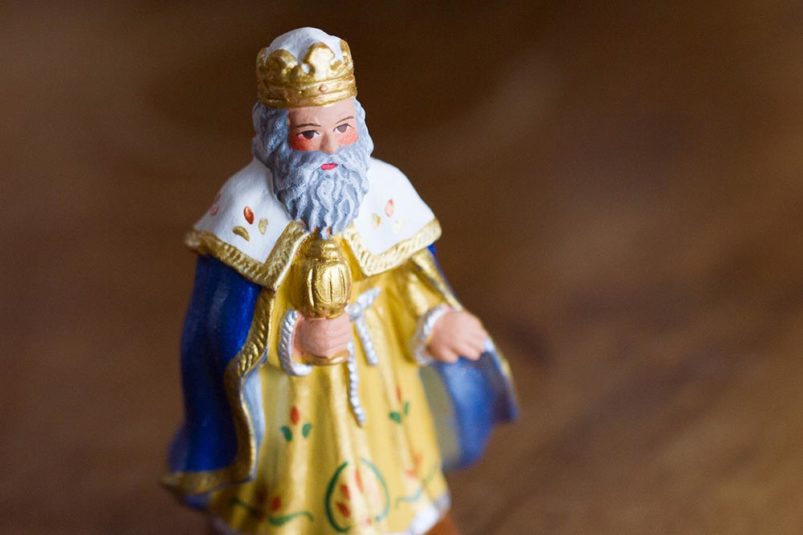
Santons (“little saints”) are small hand-painted terracotta nativity figurines made in the Provence region of southeastern France.
The figures represent various people from late 18th to 19th century Provençal village life, including the miller, the baker, the scissors grinder, the fishwife and the chestnut seller.
Marseilles artisan Jean-Louis Lagnel made the first santons of clay in the late 18th century during the French Revolution when large nativity scenes were banned from public display.
Today, creating santons is a family craft passed down through the generations. Santons are traditionally made of clay that is molded into two halves, which are then fused together. Intricate details such as hats, baskets and other accessories then are applied with an adhesive.
Santons were air-dried through the 19th century, but the modern process includes kiln drying, which makes the figures less fragile.
After a figure is completely dry, it is dipped in a gelatin bath for hardening. Then an artist hand paints its face, hair and clothing. Since each figure is hand painted, it is a unique piece of art.
Many people collect the colorful figures, adding to their family’s Santon nativity set with a new figure or two each year. The Musée du Santon (et des Traditions de Provence) located in Fontaine de Vaucluse, France has a collection of more than 2,500 santons on permanent display.
Presepi – Naples, Italy
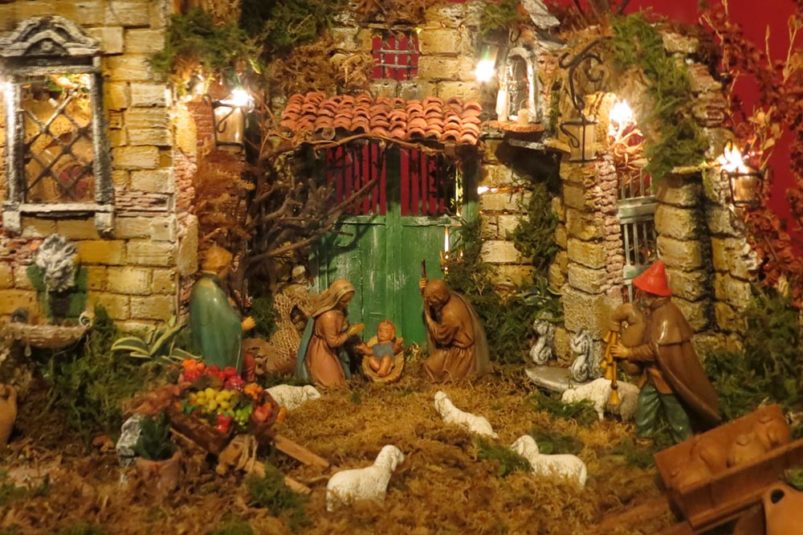
Visitors to Naples, Italy flock to the Via San Gregorio Armeno. On this historic pedestrian street – sometimes calls “Christmas Alley” – artists create intricate presepi. In Italian, “presepio” means “crib” or “crèche.”
Although these Italian artists work all year on their craft, the best time to visit Via San Gregorio Armeno is in the early fall when they are preparing their shops for the Christmas season. Visitors can watch them as they hand carve and hand paint their figures.
Many collectors begin with the Holy Family and then purchase new presepi each year as they create their own tiny village. Some presepi include running water, electric lighting and elaborate backdrops.
The Museo Nazionale di San Martino in Naples houses the largest nativity scene in the world. It features more than 160 human figurines, 80 animals, 28 angels and more than 400 other miniature objects.
Kraków Szopka – Kraków, Poland

Since the 19th century, the people of Kraków, Poland have made Kraków szopka (pronounced “shopka”), or nativity sets that use likenesses of some of the historical buildings of Kraków as a backdrops.
The nativity sets feature structures that are two meters high and three meters wide. St. Mary’s Basilica, a well-known sight in Kraków, is a popular choice for a szopka, and other common backdrops include Wawel Castle, Sukiennice trade hall and the Barbican of Kraków.
Although creating a szopka was once regarded as something for artists only, today many Polish people create their own nativity sets. These handmade sets become family heirlooms that are passed down through the generations and added to as time goes by.
The City of Krakow Historical Museum at 35 Grand Square has many examples of szopka. The museum even hosts contests for szopka.
No matter where you live or where you visit, you can probably find a nativity set that reflects the culture there. Through their artistry, nativity sets are a way we share both we who are as human beings and who we are as people of God.


